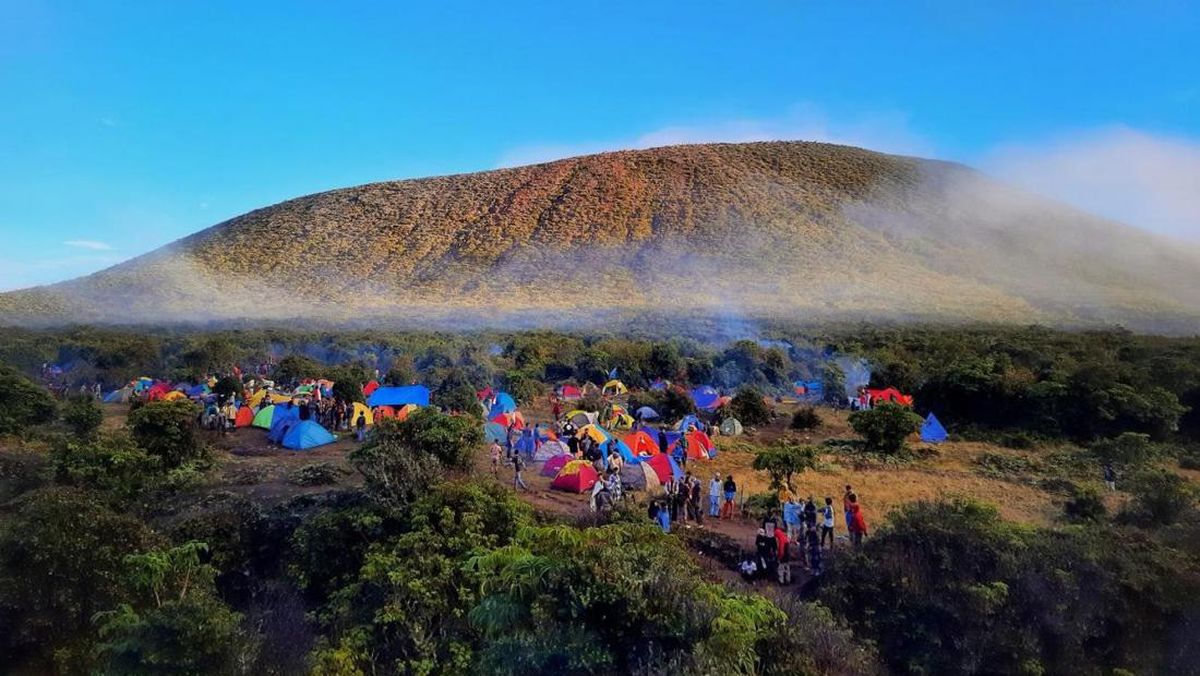Located in the midst of the bustling urban landscape of Seoul, Bukchon Hanok Village is a quiet refuge that showcases the elegance and beauty of classical Korean architecture expertly composed with vibrant city life. This ancient village, best known for its well-kept traditional wooden houses or hanoks, is a captivating journey into Korean cultural history. This paper delves deep into the history, intricate architecture, influence on culture, conservation challenges, tourist interaction, financial effects, and future possible scenarios of Bukchon Hanok Village.

Historical Overview Bukchon Hanok Village
Bukchon Hanok Village has its roots in the Joseon Dynasty, an era characterized by remarkable artistic and cultural development in Korea. Built near Gyeongbokgung Palace and Changdeokgung Palace, the village originated as a place of residence for the country’s old-confucian aristocracy, scholars, and government officials. Its ambivalent location, sandwiched between two royal residences, mirrored the sociopolitical structure of the time when nobles were supposed to live next to their rulers.
Throughout the long history of its existence, Bukchon Hanok Village modernized numerous times, and it outlived numerous catastrophes and historical events while managing to prolong its unique character.
Architectural Features of Hanoks
What sets Bukchon Hanok Village apart are the beautiful linetogel hanoks, breathtaking structures in terms of beauty and intricacy. Generally, a hanok refers to a traditional Korean house, designed with a gently-sloped roof, aesthetically pleasing wooden lattice work, hanji in Korean, and a pure, minimalist aesthetic.
Every aspect of the hanok, including the pine, clay, and paper used in their construction, reflects specific Korean architectural philosophy, emphasizing that buildings should be in harmony with nature. The same ideals are integrated into the inner layout, where rooms are buddle around a central yard, ensuring optimal ventilation and light accessibility.
Cultural Significance
However, Bukchon Hanok Village is more than a mere collection of old buildings: it is a portrayal of the Korean cultural dimension. The meandering alleyways and imposing hanoks represents a beautiful view of the past just as much it continues to offer the populace and visitors alike a feeling of being in touch with the South Korean traditions. As one strolls through the village, the whispers of time begin to become audible in the form of the light tapping sound of bamboo shuffling in the wind or the feeble light of paper lanterns illuminating the night.
The most notable aspect of the cultural value of Bukchon Hanok Village is the many artisans that inhabit this village and partake in many traditional arts and crafts. These master craftsmen pass down ancient methods and produce exceptional artworks in the fields of pottery, calligraphy, and textiles. Tourists may revel in these historic traditions during workshops led by enthusiastic and skilled artisans. Furthermore, the village is home to a diverse array of cultural gatherings and events all year, celebrating South Korea’s melodious, rhythmic, and acting foundation.

Preservation Efforts and Challenges
Despite being a cultural icon, Bukchon Hanok Village encounters several challenges in the present-day context. The forces of rapid urban development and the tourism and hospitality industry jeopardize the village’s historical integrity. Given the ongoing demographic growth and change in Seoul, preserving Bukchon puts the architectural legacy at the core. For these threats, many stakeholders, both governmental and non-governmental, have launched preservation projects and initiatives that aim to protect the cultural heritage of Bukchon.
These projects include restoration and adaptive reuse, the establishment of protected areas and enclaves, as well as advocacy and campaign work aimed at consolidating support. Engaging the local population in the restoration and preservation process helps promote ownership and a sense of belonging. Therefore, the initiatives ensure that over the long-term future, Bukchon Hanok Village will continue to remain a lively residential and working neighborhood. However, preserving Bukchon’s heritage presents significant challenges.
It is challenging to find a compromise between historical conservatism and current living conditions. It requires creative solutions and compulsory adaptability. Given the above conclusions, the discussion below reviews the last issue. Hence, what the critical takeaway is and why it is essential.
The Modern Visitor Experience
Visiting Bukchon Hanok Village has something to offer that is not only informative but also in-depth. Carefully curated walking tours of the area will not only provide valuable knowledge about Bukchon but also uncover its long history, every inch of architecture and design, as well as stories narrated by experienced guides. Similarly, interactive stands and cultural building displays allow for a more tactile background into the traditional way of life in Korea.
Moreover, Bukchon Hanok Village provides many cultural spaces and places, including various art galleries and museums, teahouses, or hanok guesthouses. Visitors can explore contemporary art in the works of local artists, try some local dishes, or completely immerse themselves in the public domain of the hanok’s inner yard. Both exposed to traditional Korean music exhibitions and walking through the delicate curves of the neighborhood will only enlighten how immersed Korea is in its historic lessons.
Economic and Social Impact
The economic and social impact of tourism on Bukchon Hanok Village is profound, shaping the village’s identity and character in significant ways. On the one hand, tourism has brought new opportunities for economic growth and cultural exchange, stimulating the local economy and creating jobs in sectors such as hospitality, retail, and entertainment. Moreover, tourism revenue helps fund conservation efforts and infrastructure improvements, ensuring that Bukchon remains a vibrant and attractive destination for visitors from around the world.
On the other hand, tourism also presents challenges and complexities for the village and its residents. As visitor numbers surge, concerns arise about issues such as overcrowding, noise pollution, and the commodification of culture. Moreover, the influx of tourists has led to tensions between residents and visitors, as some locals feel their privacy and quality of life are being compromised by the constant stream of sightseers. Balancing the benefits and drawbacks of tourism requires careful planning and collaboration among stakeholders to ensure that Bukchon Hanok Village remains a thriving and inclusive community for all.

Future Outlook and Developments
Looking ahead, the future of Bukchon Hanok Village is both promising and uncertain. While efforts to preserve and promote the village’s cultural heritage have made significant strides, challenges remain as Bukchon grapples with the complexities of modernization and urban development. As Seoul continues to grow and evolve, finding sustainable solutions to issues such as gentrification, tourism management, and community engagement becomes increasingly critical to securing Bukchon’s long-term viability as a cherished cultural landmark.
However, amid these challenges, there are also opportunities for innovation and renewal. By harnessing the power of technology, sustainability, and community engagement, Bukchon Hanok Village can adapt and thrive in the 21st century while remaining true to its cultural roots and heritage. Initiatives such as digital heritage mapping, green infrastructure development, and community-led conservation projects offer promising pathways forward, ensuring that Bukchon remains a beacon of tradition and resilience in an ever-changing world.
If you enjoyed exploring the cultural richness of Bukchon Hanok Village, we invite you to delve into another captivating read: our article on the delightful harmony of flavors in Sandwich Salad Tuna. Discover the culinary delights awaiting you and embark on yet another journey of discovery.




